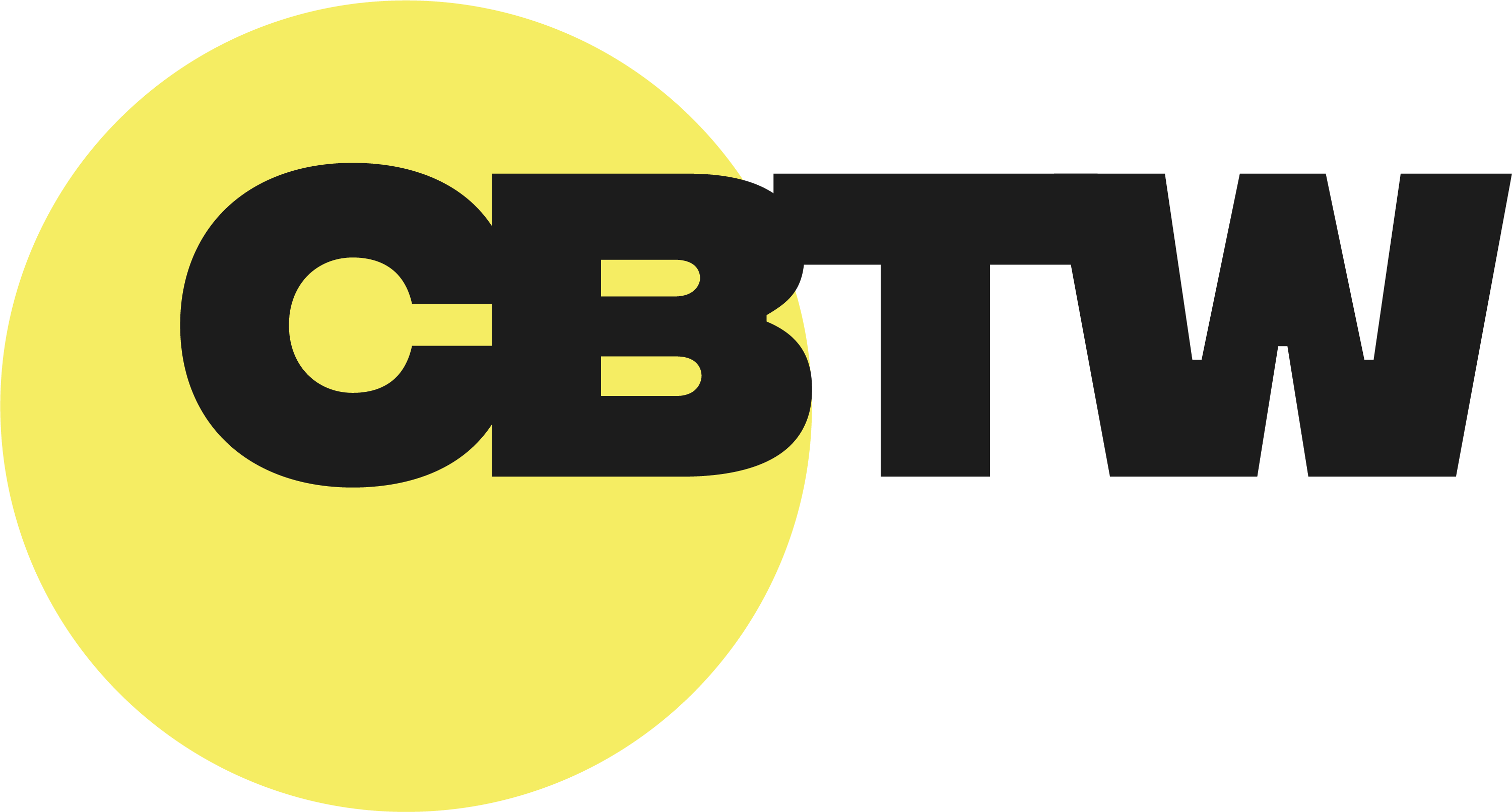
In my years of experience as a consultant and speaker, I always find that the most successful projects are the ones that are managed responsively and dynamically. Agile methodology is a very exciting and effective paradigm for software development projects and designing systems that can handle unpredictability or unknowns.
But what is Agile?
You hear this word thrown around a lot during talks like this, but I admit that I find it hard to see put into practice—at least properly. Essentially, Agile is a framework that allows software development with constant evolution of requirements and solutions. But is that it? Does Agile methodology just mean something different than how things are usually done?
If you want to introduce Agile methodology into your team or company, the best way to do it is through Scrum. It’s actually a very popular management method but is not applied very well. You see a lot of companies, managers and teams saying they are ‘implementing Scrum’ without even introducing the paradigm shift to Agile methodology. But in the end, they aren’t even doing Scrum at all.
But what is Scrum? Essentially, Scrum is a project management method under Agile that requires teams to meet weekly and talk about their progress for the week and what the plan and tasks are for the next. This means that the team should always have reports through empirical feedback and can self-manage since the monitoring happens during the Scrum meetings. Another emphasis of Scrum that I think everyone should remember is that it strives to build properly tested product increments within short iterations. The weekly monitoring meetings and short reports should be highly productive.
If you want to implement Scrum, you should only designate the following roles:
- Product Owner – this is the client and who decides the parameters of the project.
- Team – these are the members of the project management team that should collaborate to test and deploy the product.
- Scrum Master – since the teams are self-managed, what you need to do is to monitor their performance and enforce the meetings, rules and schedules. Although the role can feel a bit supervisory and laid-back that they’re asked to manage more than one team, a great master can handle only one team and produce results all the time, every time or a constantly-evolving system. Here is an other interesting article about Scrum Masters : Top 10 Tips for Scrum Masters
How do you implement Scrum? Scrum usually needs to have five meetings which are:
- Backlog Grooming
- Sprint Planning
- Daily Scrum
- Sprint Review Meeting
-
Sprint Retrospective Meeting
How do these even work differently from traditional approaches to management? Aren’t those just new names for the same meetings we do all the time?
I think what great project managers are always thinking of when they have a software development project on their hands is that the product is a dynamic, breathing thing that evolves constantly. It can’t be treated like a car on an assembly line that can be built from the ground up. Agile methodology means you develop a responsive design that can handle changing conditions and even a finished product that is still relevant once it is deployed.
One of the biggest mistakes I’ve seen in software development is going through a traditional approach and coming out with a project that isn’t relevant anymore because it took too long or something in the industry changed dramatically overnight (which happens a lot).
So how can Agile prevent this from happening?
What Agile methodology has that the traditional models don’t is an appreciation of the project’s life cycle. The product is not developed in stages, but developed in increments of ready and deployable packages. By focusing on the repetition of abbreviated work cycles as well as the functional product they yield, Agile methodology is described as “iterative” and “incremental.”
In the end, Agile methodology works better simply because the product they have is always deployable but improves steadily and can adapt to whatever the Product Owner wants and how the industry evolves.
Discover our trainings in :
English:
- AgilePM Foundation – 2 days
- AgilePM Practitioner – 2 days
- PRINCE2 Agile ® Project Management Practitioner – 3 days
- Certified Scrum Master (CSM) – 2 days
- Certified Scrum Product Owner (CSPO) – 2 days
Français
- AgilePM Foundation – 2 jours
- AgilePM Practitioner – 2 jours
- Formation – Certified Scrum Master (CSM) – 2 jours
- Formation – Certified Scrum Product Owner (CSPO) – 2 jours

